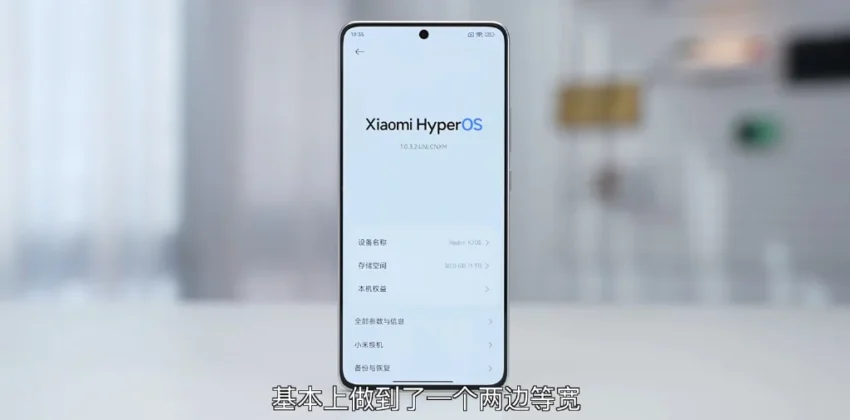The Redmi K70E’s performance tests have recently been made public online. The Redmi K70E’s ultra-narrow edge flat display front design is seen in the device’s promotional video. With a little broader chin at the bottom, the display seems to retain an identical width on all three sides. Notably, a flat design is also used by the central frame. It stands for a cohesive design language that the K70 series is anticipated to adhere to.
Redmi K70E offers a flat design following the industry trend

The market has responded favorably to this design strategy, particularly when it was successfully used in a few recent flagships like the Xiaomi 14.
The Xiaomi 14 and other recent flagships that have effectively employed this design approach have received positive feedback from the market.
Another notable aspect of the Redmi K70E is that it is the first device in the world to run on the Dimensity 8300-Ultra variant. With an astounding 1,526,328 points, this device’s Antutu running score clearly demonstrates its powerful processing capabilities. The gadget manages to sustain an outstanding 58.9 frames per second even in demanding settings like running “Genshin Impact” at 720p. Therefore, it can very well provide a fantastic bargain when both are combined.
The Dimensity 8300 is powered by TSMC’s second-generation 4nm technology. The CPU arrangement, which has a maximum frequency of 3.35GHz, consists of 4x Cortex A715 + 4x A510 + 4x A510. The Mali-G615 MC6 GPU enhances the potent CPU and adds to the exceptional total performance.
In conclusion, the Redmi K70E proves to be an affordable beast, fusing innovative design cues with potent hardware to establish a new benchmark for midrange smartphones.
